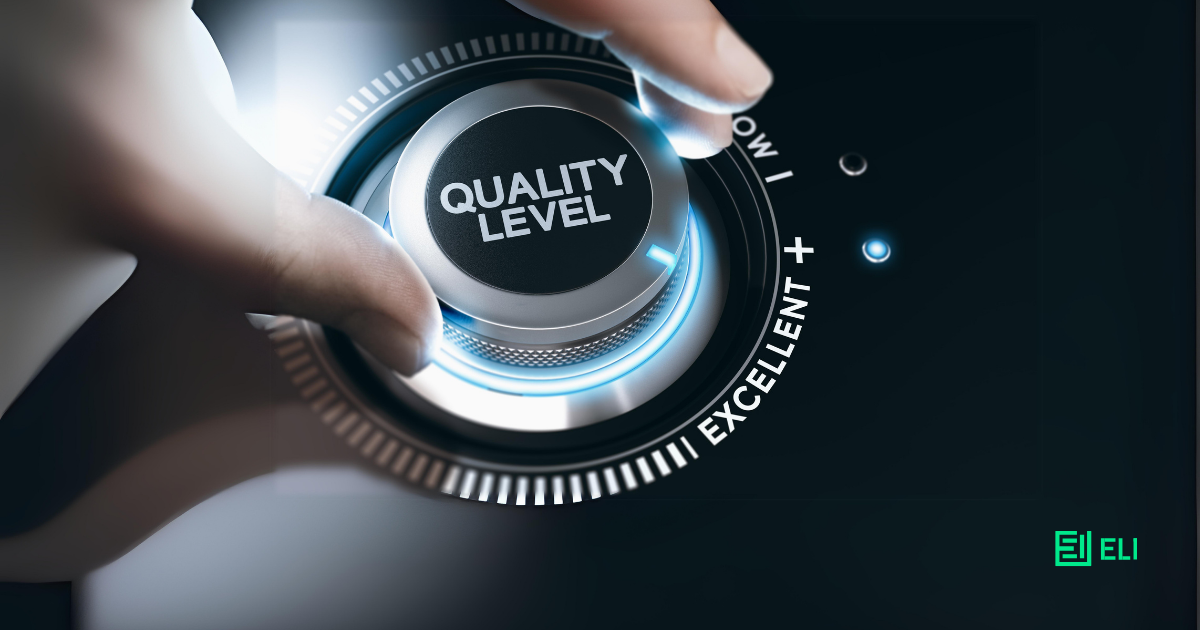A well-crafted product roadmap is the cornerstone of successful product development. It aligns teams, prioritizes efforts, and ensures everyone is working towards the same goals. But in today's fast-paced, data-driven environment, traditional roadmapping methods often fall short. That’s where AI-enhanced tools like MyEli.ai come into play. By leveraging artificial intelligence, product managers can supercharge their roadmaps, make smarter decisions, and adapt to changing market dynamics more efficiently. In this ultimate guide, we’ll explore how to create, manage, and adapt your product roadmap using AI capabilities within MyEli.ai.
1. Getting Started: Understanding AI-Enhanced Product Roadmapping
Before diving into the how-to, let’s understand what makes an AI-enhanced product roadmap different from a traditional one. A traditional roadmap outlines the vision, direction, priorities, and progress of a product over time. An AI-enhanced roadmap, however, takes this a step further by incorporating data-driven insights, automated updates, and intelligent suggestions to keep the roadmap relevant and impactful.
How MyEli.ai Enhances Product Roadmapping:
- Automated User Story Generation: MyEli.ai generates detailed user stories based on high-level epics, ensuring that the roadmap is always aligned with the broader product vision.
- Comprehensive Specifications: Beyond user stories, MyEli.ai provides acceptance criteria, architecture guidelines, test cases, UI flows, and IT security requirements, offering a 360-degree view of what’s needed to bring each roadmap item to life.
- Integration with Jira and ProductBoard: Seamless integration with popular project management tools ensures that your roadmap is not just a static document but a dynamic, living plan that evolves as your team progresses.
2. Creating a Data-Driven Product Roadmap with MyEli.ai
The first step in building an effective AI-enhanced product roadmap is leveraging the data-driven insights provided by MyEli.ai. Here’s how you can create a roadmap that not only outlines your product’s journey but also adapts in real-time based on data.
Step 1: Define High-Level Epics and Goals
Start by defining your product's high-level goals and epics. These are the overarching themes that will guide your product development efforts over the coming months or quarters.
How MyEli.ai Helps:
MyEli.ai can take these high-level epics and break them down into detailed user stories that align with your goals. By analyzing existing product data, MyEli.ai ensures that every user story is both relevant and strategically valuable.
Step 2: Generate User Stories and Specifications Automatically
Once the epics are defined, the next step is to generate detailed user stories, acceptance criteria, architecture, test cases, UI flows, and IT security guidelines.
How MyEli.ai Helps:
MyEli.ai automates the generation of these user stories and specifications under the context of each epic. This ensures that every roadmap item has a clear and actionable plan, reducing ambiguity and improving team alignment.
Step 3: Prioritize Roadmap Items Based on Data-Driven Insights
After generating the user stories, it’s crucial to prioritize them effectively. This is where data-driven decision-making comes into play.
How MyEli.ai Helps:
While MyEli.ai currently focuses on generating comprehensive user stories and specifications, future capabilities could include advanced prioritization models that analyze historical data, user feedback, and market trends. For now, product managers can use the AI-generated insights to make informed decisions about which items to tackle first.
Step 4: Visualize the Roadmap for Better Alignment
A roadmap is only as good as its ability to communicate the product’s direction to the team and stakeholders. Visualization is key.
How MyEli.ai Helps:
MyEli.ai integrates with tools like Jira and ProductBoard, allowing you to visualize the roadmap in a way that’s easy to understand and aligns with your existing workflows. You can see how each user story and specification fits into the bigger picture, making it easier to communicate progress and priorities to stakeholders.
3. Managing and Updating Your AI-Enhanced Roadmap
Creating a roadmap is just the beginning; managing and updating it to reflect changes in priorities, market dynamics, and team capacity is where the real work happens. An AI-enhanced roadmap should be a living document that evolves with your product.
Step 1: Continuous Monitoring and Adjustments
The best roadmaps are dynamic. They change as new information comes to light and as the product team makes progress.
How MyEli.ai Helps:
By providing comprehensive data on each user story and specification, MyEli.ai allows product managers to continuously monitor progress and make adjustments as needed. This could involve shifting priorities, adding new stories, or refining existing ones to ensure alignment with changing goals.
Step 2: Seamless Integration for Real-Time Updates
Integration with development tools is critical for keeping the roadmap current.
How MyEli.ai Helps:
With its seamless integration with Jira and ProductBoard, any changes made in MyEli.ai are automatically reflected in your project management tools. This bi-directional syncing ensures that both the product and development teams are always on the same page.
Step 3: Stakeholder Communication and Buy-In
Keeping stakeholders informed and engaged is a crucial part of managing a product roadmap. Regular updates and clear communication can help build trust and ensure alignment.
How MyEli.ai Helps:
The AI-generated specifications and detailed user stories make it easy to present a clear, concise, and data-backed roadmap to stakeholders. This clarity reduces the need for back-and-forth discussions and speeds up the decision-making process.
